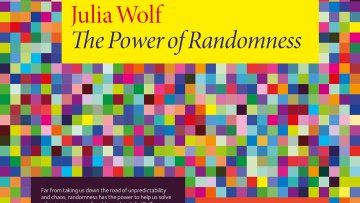Dealing with journals, editors and referees
Abstract
What actually happens when you submit an article to a journal? How does refereeing work in practice? How can you keep editors happy as an author or referee? How does one become a referee or editor? What does 'publication' mean with the internet and arXiv?
In this panel we'll discuss what happens between finishing writing a mathematical paper and its final (?) publication, looking at the various roles that people play and how they work best.
Featuring Helen Byrne, Rama Cont and Jonathan Pila.


